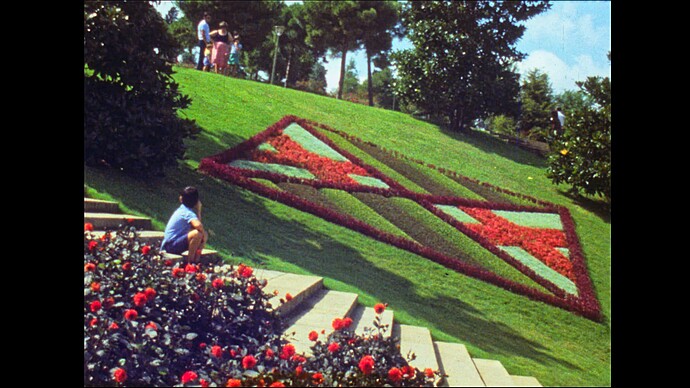As I am working with my own scanner, a question got into my head. A scanner with the de facto standard components that are used here, e.g. HQ camera with Componon 50 lens, how does it compare to the professional scanners out there. For example, here in Sweden the FlashscanHD seems to be the go to for stores where you as a normal person can scan your films. Or does it come down to the amount and the quality of post processing that can be done by us?
It’s probably a combination of several things.
-
professional film scanners sometimes are using commerical machine vision cameras. Which used to be black-and-white only in former days (for reasons). The color versions tend to have a color science which is at least of unknown quality and probably worse than your average DLSR.
-
Sensor technology is rapidly evolving - what used to be a great camera a few years ago is not satisfactory today. The HQ sensor features not the newest sensor technology available, but it delivers quite good results compared to an overpriced machine vision camera which is some years old. But: machine vision cameras tend to be global shutter cameras, whereas the HQ sensor is a rolling shutter. So you should aim at a stop-and-go intermitted film motion when using the HQ sensor.
-
The color science which is shipped with the HQ camera is as aweful as some of the maching vision cameras. There is a lot of information about this available here on the forum, so I won’t go into much detail. But: it is possible to do your own color science, as the RP cameras work with a tuning file you can optimize by yourself (again, see various forum posts). Good luck trying this with an unknown camera sensor/software environment shipped with a commerical scanner.
-
When digitizing S-8 footage, you are only using the sharpest center part of the Schneider Componon-S 50 mm (this lens was designed as an enlarger lens for 35 mm film). Not so sure how the lenses in a commercial scanner are performing.
-
Depending on your goal, you can achieve substantial quality improvements by various post processing techniques. Specifically, you can get (mostly) rid of the film grain (which is way more noticable in a digital copy compared to a projected movie in a darkened room). That opens up the road to improve image quality above the quality the original S-8 movie camera’s lens was able to deliver. Throw in an additional motion adaptive temporal resembling (from 18 fps to, say 30 fps) to reduce the jerkyness of pans in the original footage, and you are able to deliver a digital copy which comes close to the visual experience audiences expect today. Of course, the original “film feeling” is mostly gone (Well, you could throw back agin artifical film grain, introduce some camera shaking, stuttering, intensity variations, etc to simulate “film”… - just joking…
 )
) -
In the best mode, the HQ sensor can deliver 12bit per color channel data with a resolution of 4056 x 3040 px @10 fps. That’s not bad for a 50 € part (well, to get it working as advertised, you probably need to spent an additional 150 € for the supporting hardware).
If you want to digitize footage fast, a commercial scanner is a viable option. If you have time to spare (maybe: a lot of time), you could have some fun with the HQ sensor. As the software environment of the HQ sensor is constantly changing. There was a picamera library based on an undocumented Broadcom image processing stack, than there was a picamera2 library based on a largely undocumented libcamera image processing stack, and recently the RP5, where some of the image processing is done differently than with all other RP1 to RP4 models - of course, undocumented as well. And that story probably does not stop here. Again, browse the forum here for some of these discussions.
Hi @Ljuslykta,
My original post has disappeared. This is a second post.
In my opinion, with relatively modest means and good post-processing, you can achieve results comparable to those achieved with a professional scanner. The difference may be the time spent in the digitization process.
In my case I use a Rodenstock Rodagon 50mm f 1:2.8 lens, with a Raspberry Pi HQ camera.
You can see a sample of a Super 8 frame captured with my camera after applying post-processing with DaVinci that @cpixip was kind enough to perform:
… one additional thing which just came to my mind:
- with the HQ sensor, paired with appropriate software and intermittent transport, you open up the possibility to work with high dynamic range imagery (HDR). Supposably the new RP5 features special algorithms for this (not available with RP1 to RP4 models).
Commercial film scanners do not really shine here…
